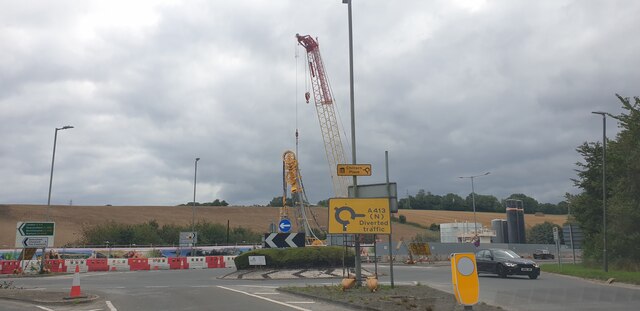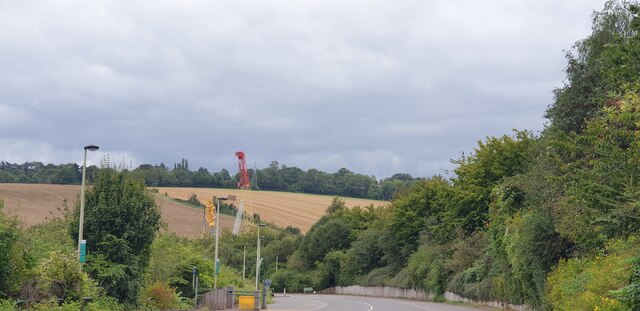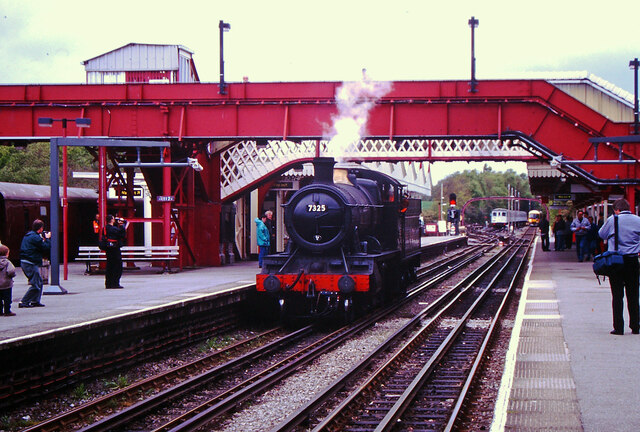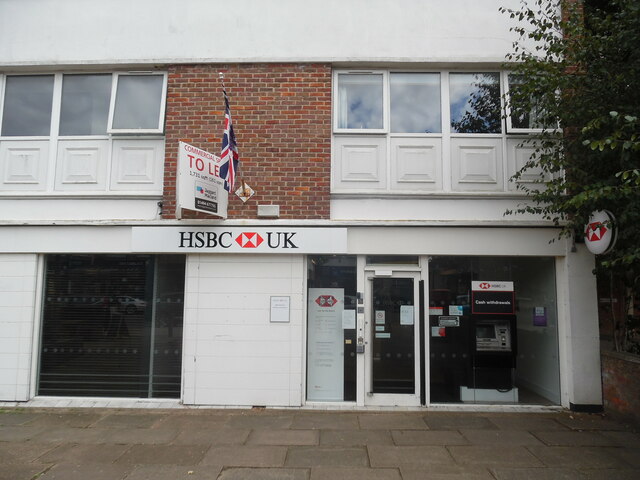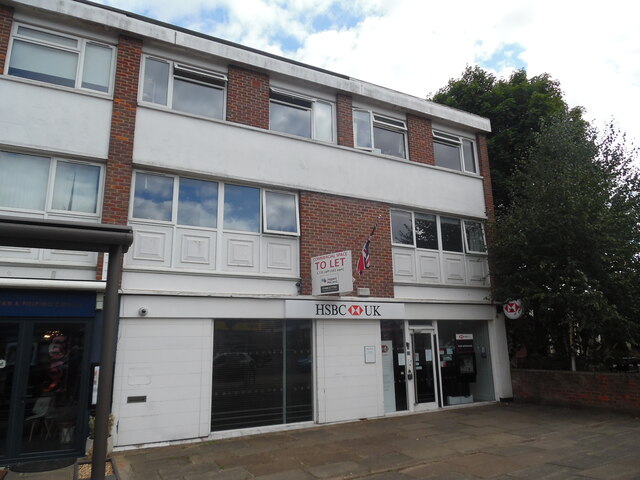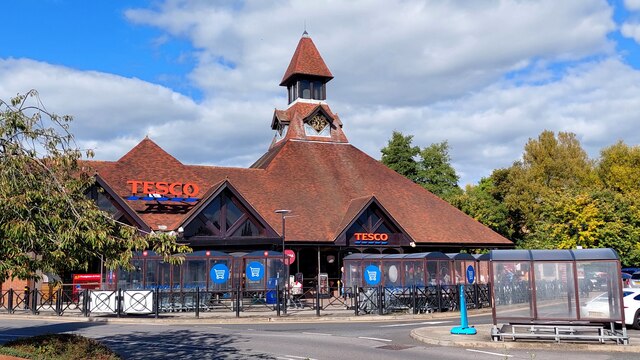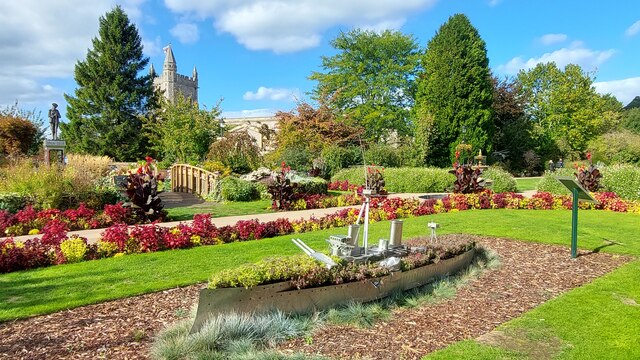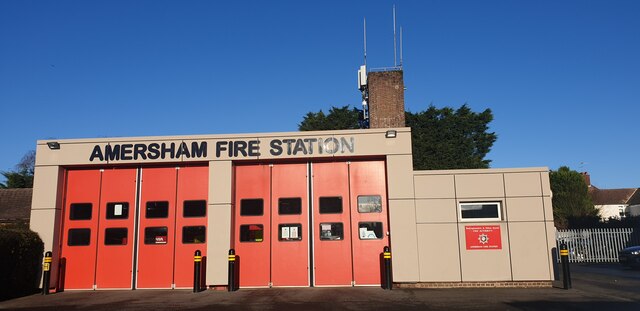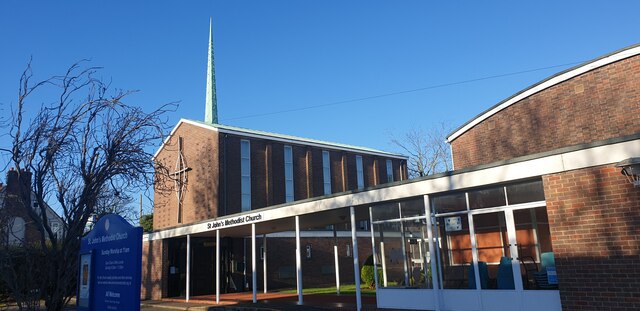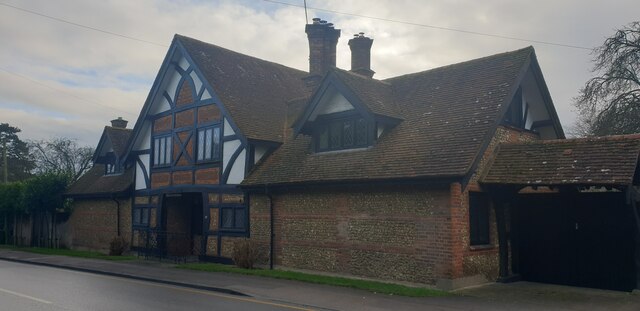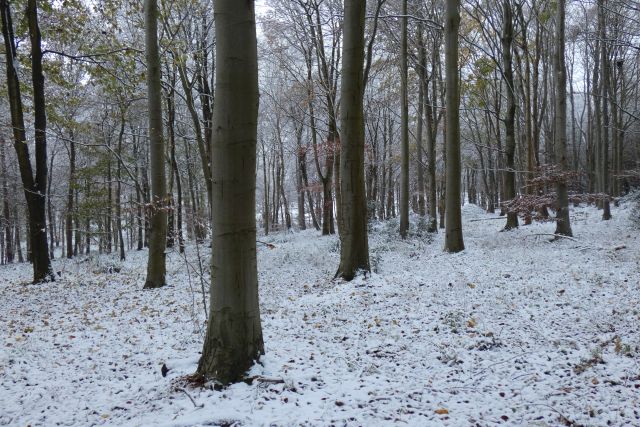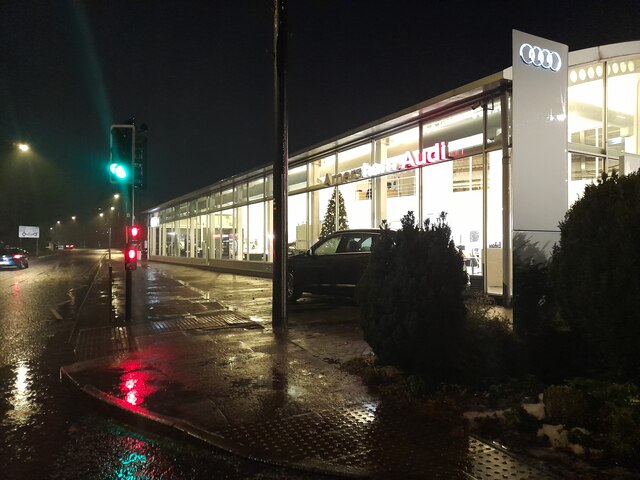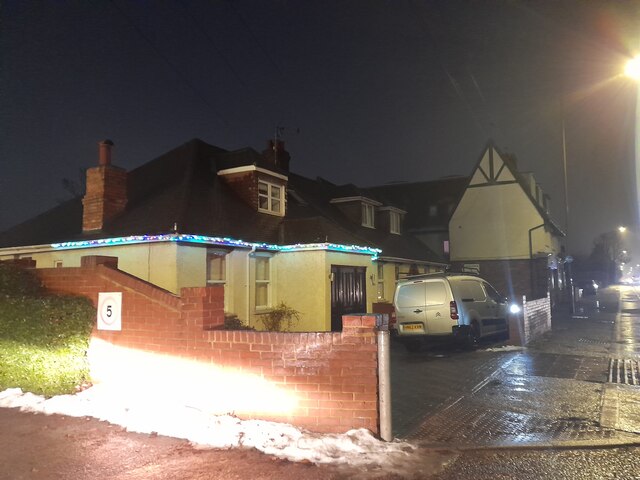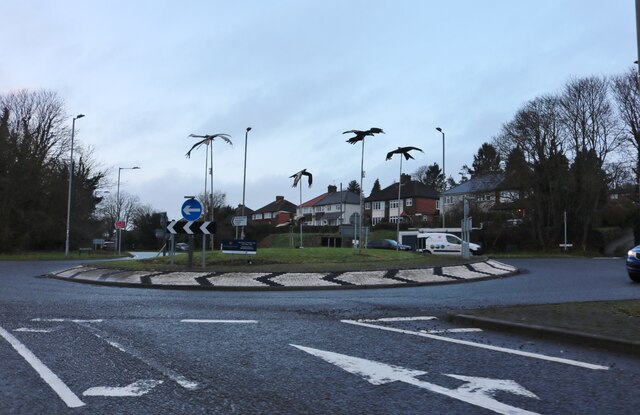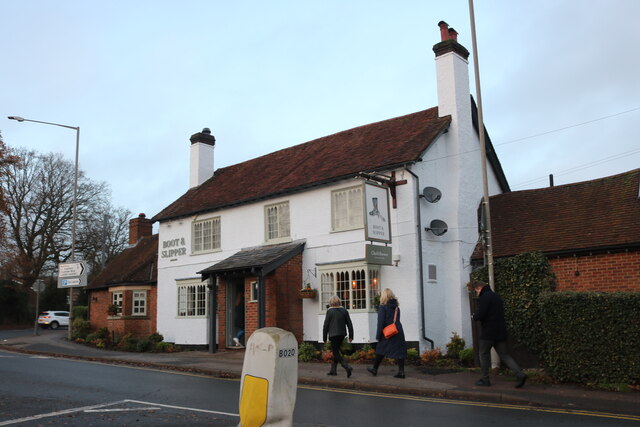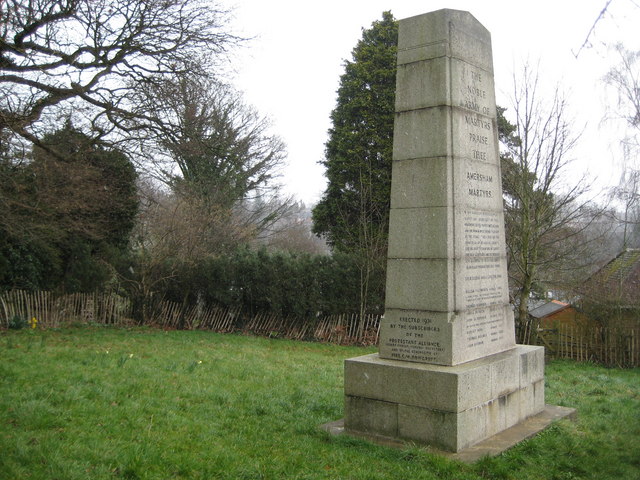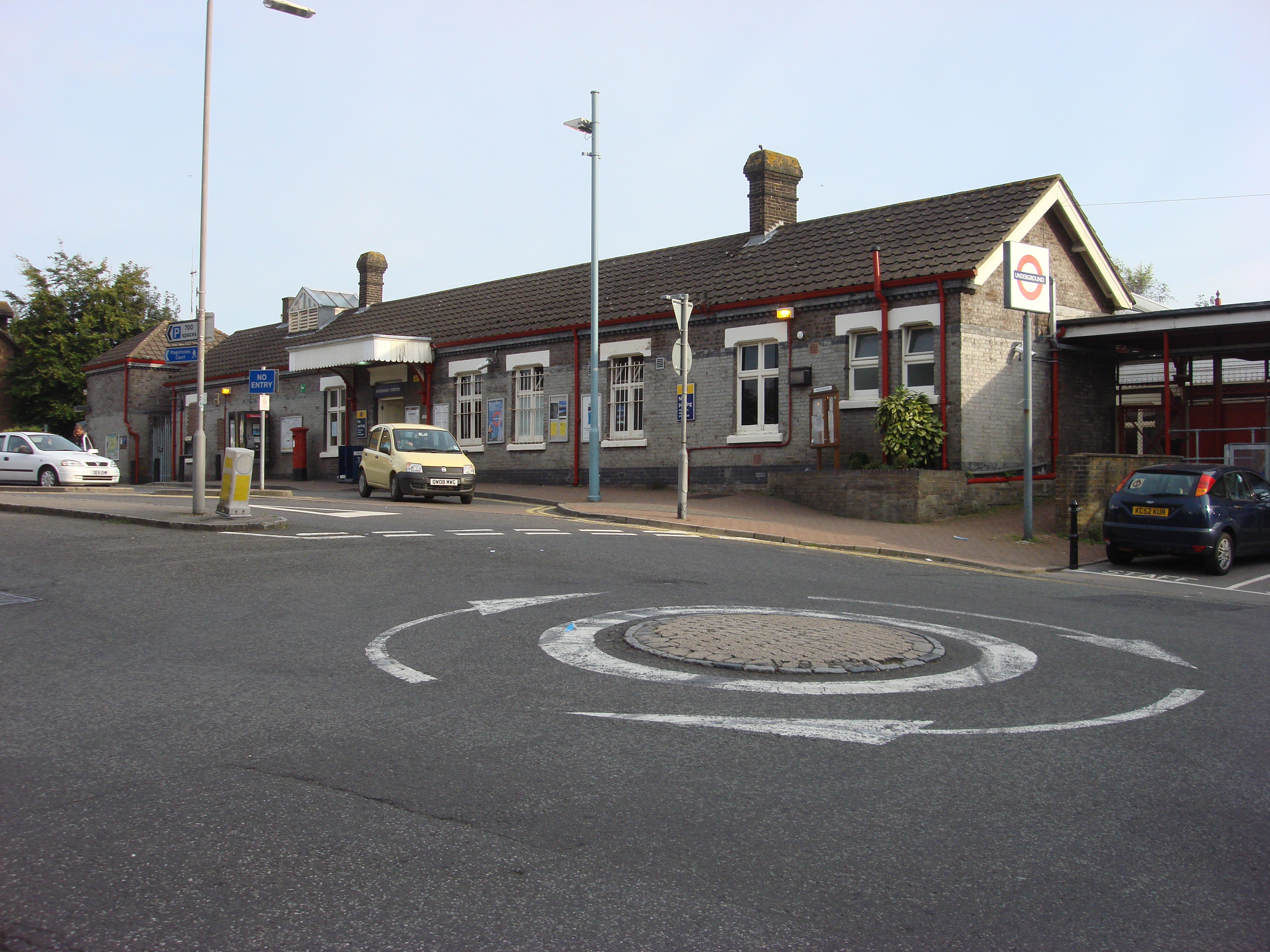Bury End
Settlement in Buckinghamshire
England
Bury End
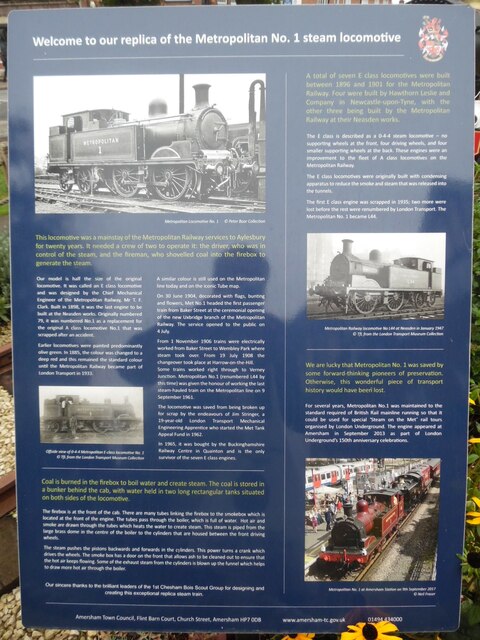
Bury End is a small village located in the county of Buckinghamshire, England. Situated in the heart of the Chiltern Hills, it is surrounded by picturesque countryside and offers a tranquil and idyllic setting for residents and visitors alike. The village is part of the civil parish of Great Missenden and lies approximately 4 miles west of the town of Amersham.
Bury End is characterized by its charming and traditional English architecture, with many of its buildings dating back several centuries. The village is known for its quaint thatched cottages and historic farmhouses, which add to its rural charm. The local community takes great pride in preserving the village's heritage and maintaining its unique character.
Despite its small size, Bury End has a close-knit and active community. The village is home to a village hall, which serves as a hub for various social events and activities. Residents can also enjoy the natural beauty of the surrounding area, with plenty of walking and cycling trails nearby.
The village is located near several larger towns and cities, making it an ideal location for those seeking a peaceful rural lifestyle while still having access to urban amenities. The nearby town of Amersham provides a range of shops, restaurants, and leisure facilities, while London is easily accessible via train from Amersham station.
Overall, Bury End offers a charming and picturesque village setting, with a strong sense of community and easy access to both countryside and urban amenities. It is a place where residents can enjoy the best of both worlds.
If you have any feedback on the listing, please let us know in the comments section below.
Bury End Images
Images are sourced within 2km of 51.66624/-0.60558452 or Grid Reference SU9697. Thanks to Geograph Open Source API. All images are credited.

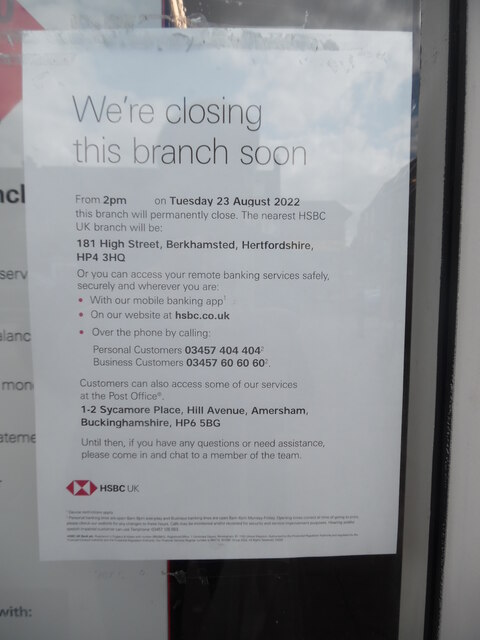
Bury End is located at Grid Ref: SU9697 (Lat: 51.66624, Lng: -0.60558452)
Unitary Authority: Buckinghamshire
Police Authority: Thames Valley
What 3 Words
///mole.ledge.leap. Near Amersham, Buckinghamshire
Nearby Locations
Related Wikis
Amersham Martyrs Memorial
The Amersham Martyrs Memorial is a memorial to Protestant martyrs in Amersham, Buckinghamshire. It was established in 1931 by The Protestant Alliance....
St Mary's Church, Old Amersham
St Mary's Church is a Church of England parish church in Old Amersham, Amersham in Buckinghamshire, England. The church is a grade I listed building....
Amersham Market Hall
Amersham Market Hall, formerly known as Amersham Town Hall, is a municipal building in the High Street in Amersham, Buckinghamshire, England. The structure...
Amersham School
Amersham School is a mixed secondary school in Amersham, Buckinghamshire. In September 2011, the school became an Academy. It takes children from the age...
Amersham station
Amersham is a London Underground station in Amersham in the Chiltern district of Buckinghamshire, England which is also used by National Rail services...
Amersham Hall
Amersham Hall was a "school for the sons of dignified gentlemen" in England. From 1829 to 1861 it was in Elmodesham House in Amersham, Buckinghamshire...
Amersham Museum
Amersham Museum at 49 and 51 High Street is a small local museum based in Amersham, Buckinghamshire, England. It is located on the High Street in Old Amersham...
Amersham Meeting House
The Amersham Meeting house is a Friends meeting house (a Quaker place of worship) on Whielden Road in Amersham, Buckinghamshire. It is listed Grade II...
Nearby Amenities
Located within 500m of 51.66624,-0.60558452Have you been to Bury End?
Leave your review of Bury End below (or comments, questions and feedback).
